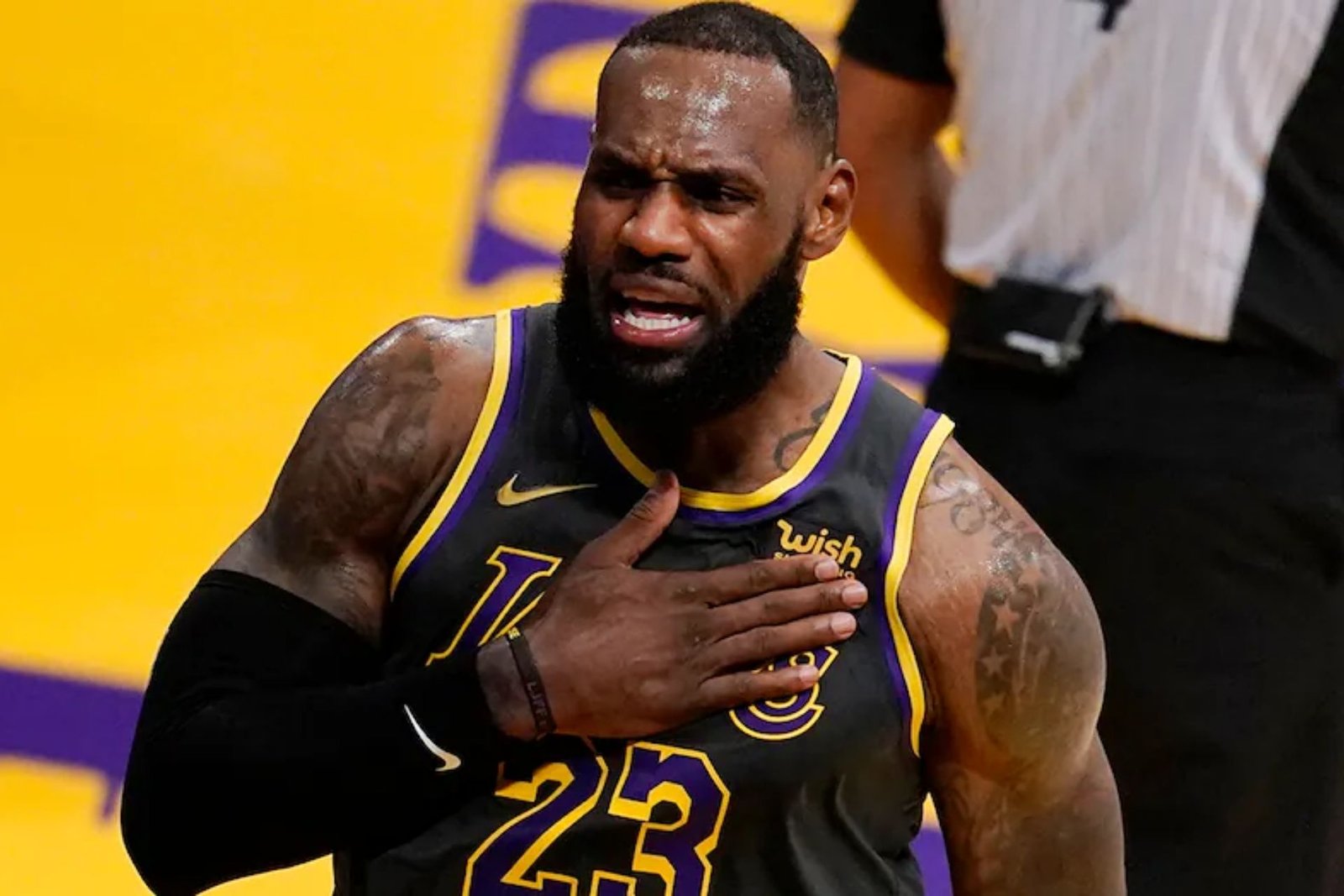
Table of Contents
Detroit, June 13: When Barry Sanders drove himself to the emergency room last summer, he didn’t expect to be told he was having a heart attack. The discomfort in his chest hadn’t felt like an emergency—it resembled heartburn, maybe indigestion. Something minor. But as it turns out, the warning signs of a life-threatening cardiac event aren’t always obvious. And they don’t always scream.
That moment, as it happened on Father’s Day weekend, shook the Hall of Fame running back. Today, nearly a year on, Sanders is opening up—not just about what happened, but why it’s more common than most of us think.
Barry Sanders: A Sudden Reality Check
On June 21, Sanders was out of town, visiting a college with his son. He wasn’t under stress, wasn’t pushing himself physically. But there was that persistent ache in his chest—nothing dramatic, but enough to make him cautious. He chose to drive himself to the nearest hospital. That decision may have saved his life.
Doctors found elevated cardiac enzymes. A catheterization followed. The diagnosis: a heart attack.
“I didn’t believe it at first,” Sanders shared in a recent conversation with The Athletic. “I felt fine the day before. I exercise, I don’t smoke. But it happened anyway.”
For many fans who watched Sanders dazzle defenders in the 1990s with his unmatched speed and agility, the idea that someone so athletic, so seemingly invulnerable, could be struck by a heart attack felt surreal. And that’s exactly the point of the new documentary he now leads.
New Documentary Confronts Hidden Risks
The Making of a Heart Attack, airing Saturday at 1 p.m. on A&E, features Sanders in dialogue with other survivors of cardiovascular events. The hour-long film explores how symptoms can be missed, how LDL-C (bad cholesterol) plays a key role, and why routine checkups often fall short in predicting major incidents.
The documentary doesn’t play for drama. It leans into clarity and realism. According to A&E, the goal is to “reveal the unseen contributors to cardiovascular disease and share firsthand how even silent conditions can become life-altering.”
The film is part of a larger push involving healthcare professionals, patient advocates, and organizations like Amgen, which is working on public awareness campaigns tied to cholesterol management and preventive care.
A Wake-Up Call for the “Healthy”
The most unsettling truth Sanders confronts is that his profile didn’t fit the stereotype. He wasn’t overweight, didn’t lead a sedentary lifestyle, and had no prior history of heart problems. He’d done everything “right.” But that wasn’t enough.
According to the Centers for Disease Control and Prevention (CDC), heart disease often develops quietly. High LDL cholesterol, one of the biggest risk factors, usually shows no symptoms at all. It can affect marathon runners, yoga instructors, and yes—even NFL MVPs.
Sanders’s experience is a textbook case of how cardiovascular disease can lurk beneath the surface. It also highlights another problem: many men, particularly in their 40s and 50s, don’t get regular cholesterol screenings unless prompted by a major incident.
Life After the Heart Attack
Since that day, Sanders has shifted his approach. He takes long daily walks, is on medication to manage his cholesterol, and follows a stricter diet than ever before. But he’s not just keeping quiet and moving on. He’s using his platform to change the conversation.
His hope? That men—especially fathers, sons, and brothers—will get tested before something goes wrong.
“You don’t want to be in the emergency room learning this,” Sanders told People. “You want to catch it before.”
The documentary isn’t just about Sanders’s journey. It features other survivors, including people who, like him, never saw it coming. Their shared experiences reveal how widespread the problem really is—and how overlooked it continues to be.
Reclaiming Father’s Day with Purpose
It’s no accident that the documentary debuts the weekend of Father’s Day. The date is now symbolic for Sanders, not only as the anniversary of his health scare but as a moment to speak directly to other men who might be ignoring the signs.
The film points viewers toward attackheartdisease.com, a portal that offers screening resources and guidance on how to talk to a doctor about risk factors—especially around hereditary cholesterol levels, which are rarely discussed in everyday checkups.
Sanders says life after his heart attack has actually been calmer. More deliberate. “I take time with everything now,” he admitted. “I think more about how I’m feeling. I pay attention.”
Why This Matters More Than Ever
Cardiovascular disease remains the world’s leading cause of death, according to the World Health Organization, with over 20 million lives lost annually. In the U.S., heart disease kills more people than any other illness, with African-American men disproportionately affected.
The silence surrounding LDL-C, in particular, is part of the issue. Most people don’t know their number. Even fewer realize how much genetics—not just lifestyle—can influence risk.
Sanders is hoping to change that narrative. With The Making of a Heart Attack, he’s offering more than just his story—he’s offering a warning, a lesson, and a path forward.
“If I can help someone avoid what I went through,” he says in the film’s closing scene, “then all of this has a purpose.”
New Jersey Times Is Your Source: The Latest In Politics, Entertainment, Lifestyle, Breaking News, And Other News. Please Follow Us On Facebook, Instagram, And Twitter To Receive Instantaneous Updates. Also Do Checkout Our Telegram Channel @Njtdotcom For Latest Updates.




